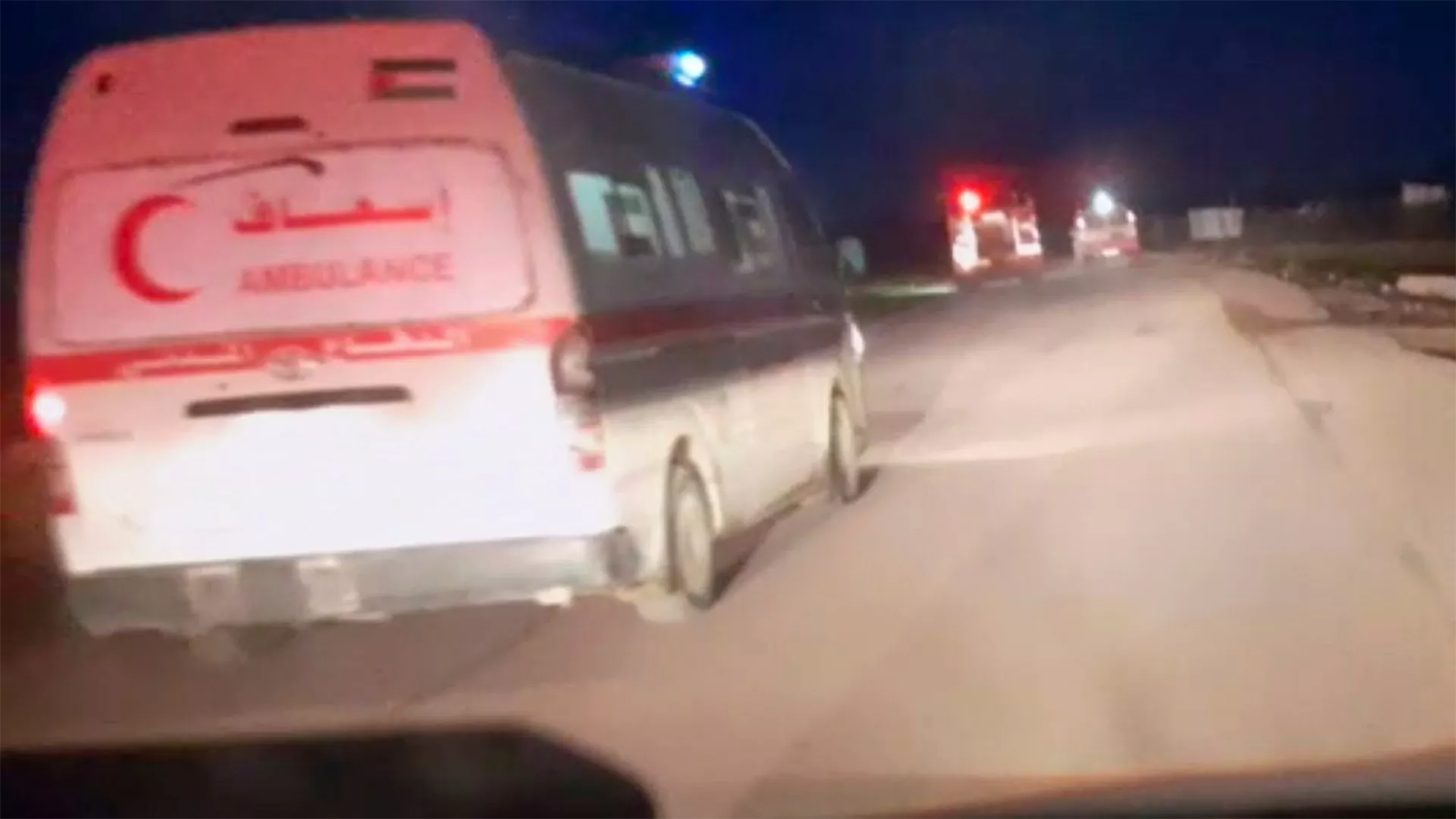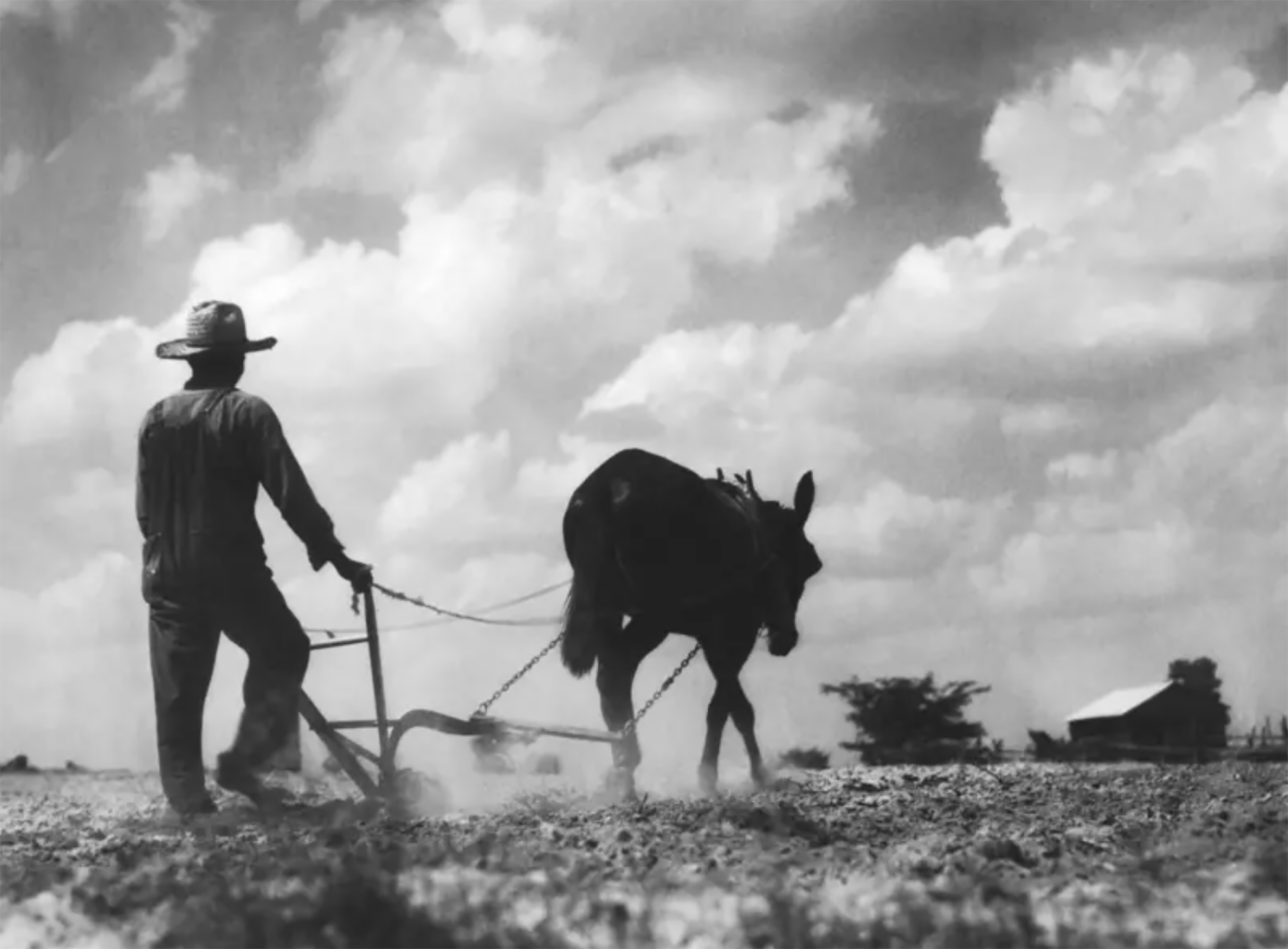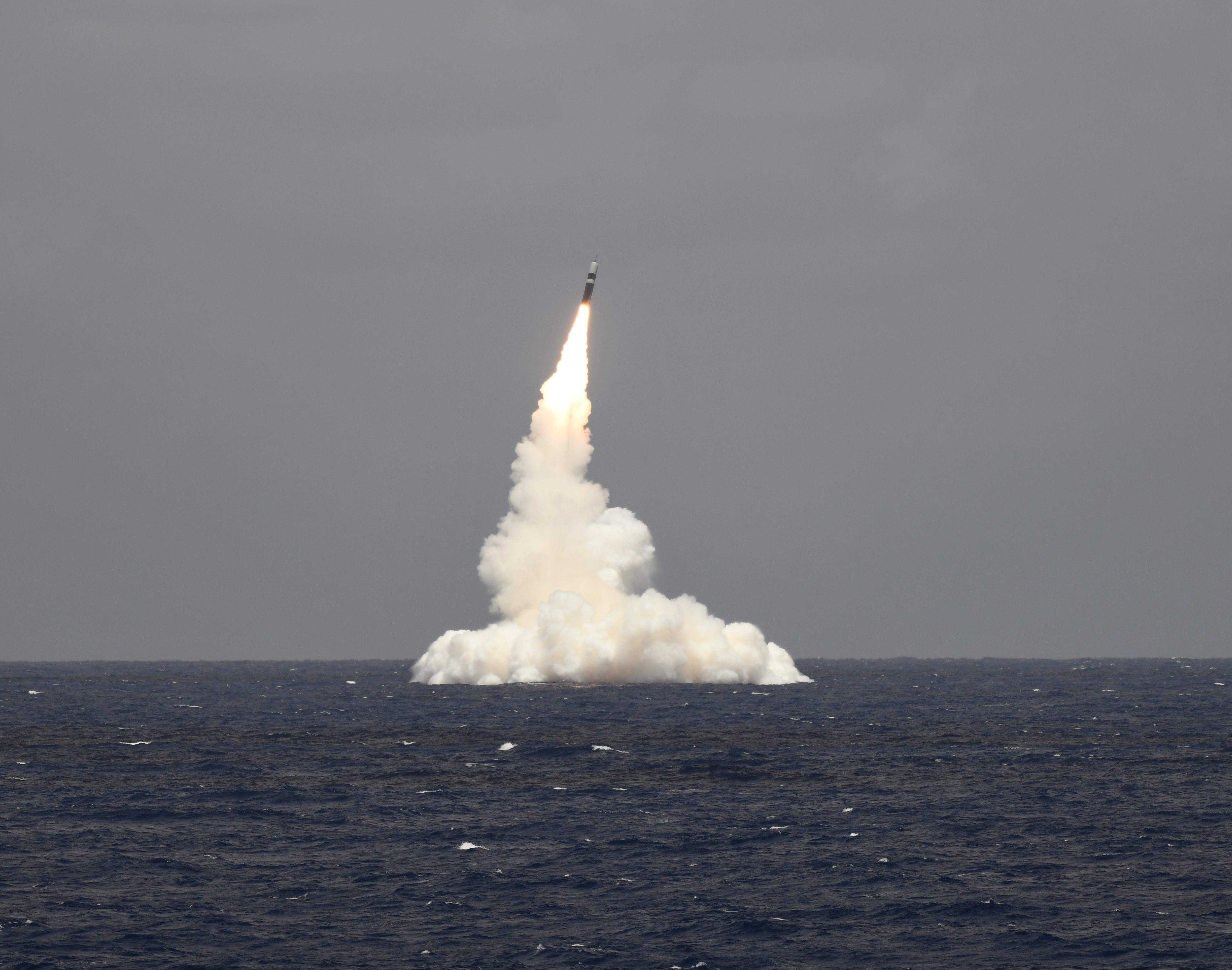Attack the Iranian nuclear programme? Experts say no, that the needles of time do
- To say that Tel Aviv’s attack on the Iranian nuclear programme is something that can happen more than a hypothesis, a number of media outlets have lagged behind: In 1981 in Iraq and in 2007 in Syria, Israeli fighter aircraft destroyed two reactors. But that background has nothing to do with the current situation in which Iran finds itself. Look at what the nuclear weapons experts told us in the prestigious journal Bulletin of the Atomic Scientists.

He's six September, half a night. The F-15 and F-16 fighter squadron is speeding through the eastern desert of Syria in search of the target. As soon as they saw a building that only gives a large stall of goats seen from the sky, they took off with a chalk some 227 kilograms of load ground missiles: three, two, one... The coup has been very strong and the goal has been shattered. How many deaths are there? It does not matter, they celebrated with applause at the command post. You don't bombard a nuclear reactor every day.
The 2007 attack on the Syrian region of Dayr az-Zawr was not claimed by anyone and the media received information randomly. The first to count was The Sunday Times. According to this, the units of the Israeli Army had already infiltrated the desert installation and, after analyzing samples of sand and water, they saw that they came from North Korea. They had a definitive test for the US authorization operation.
According to the British newspaper, it was a hideout of nuclear material that had been moved from North Korea. Later, other media confirmed that the Bachar Al-Assad regime was building a reactor in the centre of the Cuban capital. The following year, Hebrew researcher Ronen Bergman, who has direct access to Israeli intelligence services, collected in the book The Secret War with Iran that Tel Aviv obtained information about the reactor from the Iranian military Ali-reza Asgari. Asgari disappeared in 2006 and according to some sources was kidnapped and fired by Mossad and the cia. In 2010, the lifeless body of the young woman appeared in a dungeon of Israel, who had officially "committed suicide."
Until recently, one could only speculate about the attack on Dayr az-Zawr, due to the intense media censorship that the Israeli Government had imposed for years.
Until recently, however, one could not speculate about the attack on Dayr az-Zawr, due to the intense media censorship that the Israeli Government had imposed for years. Finally, eleven years later, in 2018, he admitted in a statement that he had destroyed the so-called nuclear reactor “because it posed a serious threat to Israel.”
This type of preventive aggression already had a precedent. In 1981, Zaramak in the Basque Country I am Biiildur! While he was singing, Israel blew up by surprise in Iraq, 18 kilometers from Baghdad, a 40-megawatt reactor called Osirs. On this occasion, it was also the fighters who executed the plan, who also used additional fuel tanks to fly the vast deserts of the Arabian peninsula. The excuse was that Saddam Hussein was about to get the atomic weapon.
According to the then Israeli Prime Minister, Menajem Beguín, in Iraq it was possible to delay nuclearization for ten years. It was actually the opposite. “What they managed to do was create a higher risk,” said an Iraqi scientist who worked for Hussein on CNN’s television in 2003: “After the bombing, 7,000 scientists set out to do so, within a secret program with an investment of $10 billion.”
Are you thinking about doing it?
In the context of the massacres in Gaza and Lebanon, Iran launched at the beginning of October dozens of missiles against Israel and is now awaiting its response. It's inevitable that you're going to give the rope back to the wheel and sooner or later do the same thing. Iran's nuclear programme has always been in the spotlight of Tel Aviv, which was about to attack in the diplomatic crisis of 2011, and for many right-wing Israeli politicians it cannot miss the "historic opportunity": "If not now, when? ", said the former ultra prime minister, Naftali Bennet, outside himself, as if he wanted to curb the hands of time.
But are the Iraq of the 1980s, the Syria of twenty years ago, or the present Iran comparable? “The situation is very different,” explains the nuclear weapons expert James Acton to the journal of atomic scientists Bulletin of the Atomic Scientists. The reader will recall, as has often been mentioned in the Net Gertu section, that this group of scientists measures the times when the world reaches disaster through the Doomsday Clock or the famous “Clock of the Apocalypse”. Tic tac tic tac. Now we only have 90 seconds left to end human beings.
Acton, Carnegie is a member of the think tank of the International Peace Fund, and has been interviewed for the magazine. In his view, the Israelis both destroyed single reactors in Iraq and in Syria, but that has nothing to do with the Iranian nuclear programme.
“Iran is based today on small centrifuges that can be created and quickly placed anywhere. Even if Israel destroyed the plants of Fordow and Natanz – and I do not think it is capable of doing so – Iran would almost certainly rebuild the centrifuge infrastructure."
The Iranian nuclear plants of Fordow and Natanz, which currently enrich uranium 60%, are fortified under the mountains, at least three floors, and Israel needs the help of the United States to destroy them, special bombs of 12 tons against bunkers. In addition, Acton pointed out that there could be more hidden plants buried deeper.
And there's another drawback: “Iran is based today on small centrifuges that can be created and quickly placed anywhere. Even if Israel destroyed the plants of Fordow and Natanz – and I do not think it is capable of doing so – Iran would almost certainly rebuild its centrifuge infrastructure. It probably already has clandestine centrifuges. We don't know. But they may be built in different places, in normal industrial buildings, in everyone’s view.”
For the expert, it is a chimera that the Israelis think that “they will always know where everything is and that they will always be able to destroy everything.”
"But are you thinking about something like this?" he was asked by the journalist at Bulletin. A drop of cold sweat can slip in the front while clarifying the answer: “[Benjamin] Netanyahu has publicly expressed this possibility. I would be surprised if they did not do so right now. Would you go ahead and do it? The Israelis know that Iran will then attack them more broadly than they have seen so far, and that they will need the help of the United States to defend themselves. (…) I therefore believe that the probability is less than 50%, but more than 10%. That reassures me.”
Alleviate? They play roulette one in ten, turning the world into a macabre casino. Tic tac tic tac.
Zelenskiri Ukrainako gerra amaitu behar duen bake akordioa "arriskuan" jartzea leporatu ostean, Putini egin dio errieta Trumpek bere sare sozial Truth Socialen. Sergei Lavrov Atzerri Ministroak bake akordioa adosteko prest dagoela Errusia. Kievek jakinarazi du Errusiaren... [+]
“Bag of resilience”, “survival manual”, “backpack of evacuations”: that’s what you can hear in the mouths of the authorities in recent weeks.
Among the declarations of the past month, the European Union has asked the population to prepare a “survival kit” to... [+]
If that's the fear. Donald Trump seems to have come to occupy Washington’s rounded office for a long time. He has a second mandate, but to his close advisers, confirming that he is not joking, he also mentions his rigid goal of changing some isolated numbers in the Constitution... [+]
Washington, D.C., June 17, 1930. The U.S. Congress passed the Tariff Act. It is also known as the Smoot-Hawley Act because it was promoted by Senator Reed Smoot and Representative Willis Hawley.
The law raised import tax limits for about 900 products by 40% to 60% in order to... [+]
Bandera amerikanoz inguratuta, muga-zergen oldarraldi berria iragarri zion munduari Donald Trumpek apirilaren 2an. Geroztik hamaika astindu jasan dituzte burtsek eta nazioarteko merkataritzak. Baina hau ez da zoro baten boxeorako ringa bakarrik: AEBetako politikan hamarkada... [+]

























